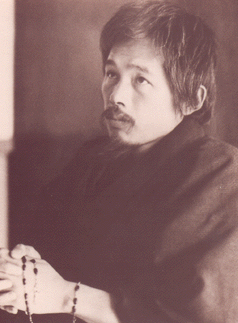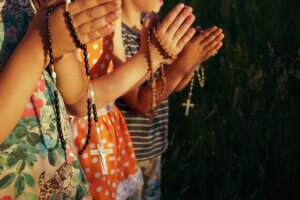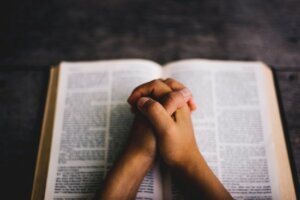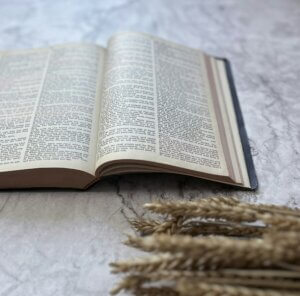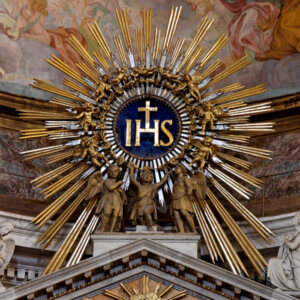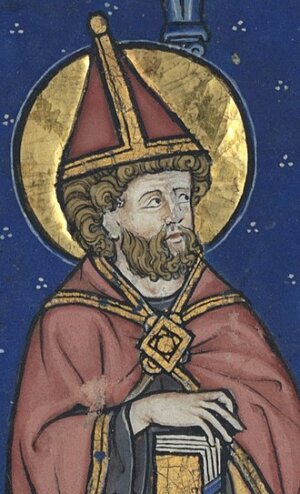August 9th, 1945. Dr. Takashi Nagai picked his way through the rubble of his home in Urakami, the Catholic district of Nagasaki, Japan. He had been at the hospital when the bomb fell, but his wife, Midori, had been at home.
Amidst the ruins, he found her skeleton. In her hand was her rosary, melted into a lump of metal. She was among the tens of thousands of people—eight thousand of them Catholic—who died in the blast.
Nagai was born in 1908 in rural Japan. His father was a Western-educated doctor and both his parents were from samurai families. He was raised in the Shinto religion but had drifted into atheism by the time he started medical school in 1928.
But his mother’s death in 1930 and the writings of Christian scientist Blaise Pascal led him to question his atheism. The final nudge came when he lodged with the Moriyama family, who were descended from the “hidden Christians” who had passed on the faith in Japan during the centuries of persecution.
Among them, Nagai was immersed in the everyday life of Catholics. He heard the bells of the cathedral; his hosts invited him to Christmas Midnight Mass; their daughter Midori gave him a Catechism and promised to pray for him while he was deployed with the army.
The joyful, steadfast faith of the Moriyamas won him over while the harrowing experiences of war further dismantled his prior unbelief. He was baptized in 1934 and married Midori later that year.
He joined the Society of St. Vincent de Paul at his parish and organized teams of doctors to serve remote villages that had none. During those years, he met St. Maximilian Kolbe, who lived for a time in a suburb of the city.
Being a specialist in radiology when such studies were still hazardous, Nagai was already suffering from leukemia when the bomb was dropped in 1945. He was badly wounded in the blast and the radiation worsened his cancer.
Despite his own sufferings, the loss of his wife and home, and the devastation all around him, Nagai rejected bitterness, anger, or vengefulness. Rather, from that day until his death five years later, he became a beacon of hope in a land of despair.
In the direct aftermath of the bombing, he worked tirelessly to save the wounded and suffering.
He restored the bell of the destroyed cathedral of Nagasaki so that it sounded out over the city once again.
He planted cherry trees to bring beauty and joy to the streets. He founded a library for children.
And he picked up his pen and wrote. He wrote of forgiveness, of healing, of hope, of the value of Nagasaki’s sacrifice, of God’s tremendous love shining through even in such dark moments. He wrote thirteen books and many essays. His most famous work, The Bells of Nagasaki, became a bestseller.
He was bedridden for the last three years of his life, living in a hut that he named the “As Yourself” Hermitage—that is, “Love your neighbor as yourself.” His two children, who had been safely evacuated before the bombing, spent those days with him as he studied, sketched, wrote, and received countless visitors.
Dr. Nagai died in 1951, and has taken the first step towards sainthood, having been awarded the title “Servant of God.”
This is just a brief summary of the story of this incredible man. You can learn more in A Song for Nagasaki, available today at The Catholic Company!
